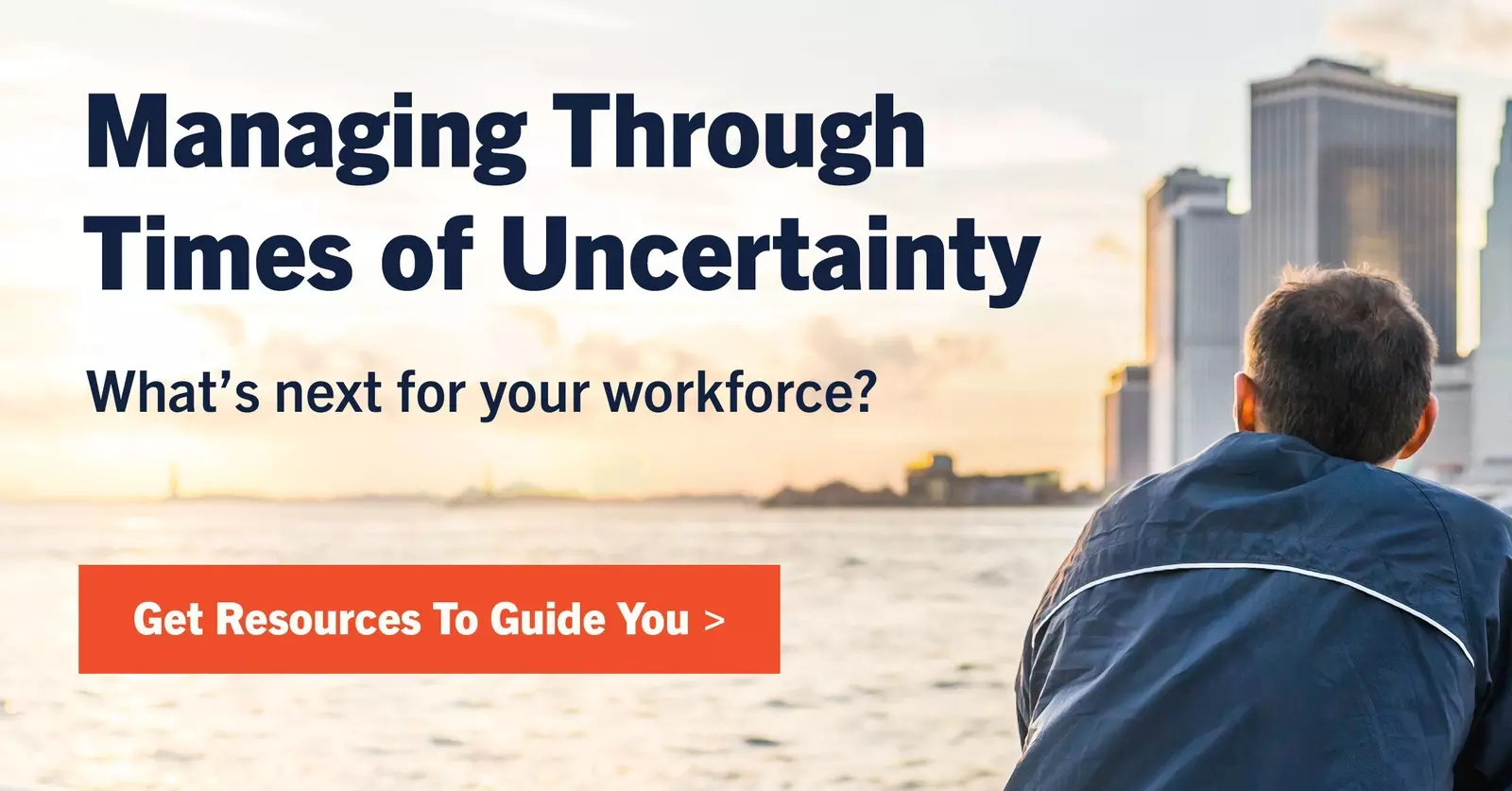For most of 2021, a record-breaking talent shortage has been plaguing organisations across industries. This has become what’s known as the “COVID paradox”: essentially, that employers are struggling to hire despite higher rates of unemployment. Recently, a surprising statistic has been recognised globally: unfilled job openings now outnumber unemployed labour.
In the three months to July 2021, the number of unfilled job openings rose to 953,000 — the highest level the Office of National Statistics (ONS) has recorded since the mid 1970s. For comparison, in the three months leading up to April 2020, the level was at 568,000 representing a 67.7% increase. At the same time, the number of unemployed Britons in July 2021 sits at 1.6 million, representing tightness in the labour market. For reference, this grew by 0.9% from the pre-pandemic statistic, which means that despite record opportunities people are not taking jobs.
Lower-wage jobs are in particular demand, and employers are desperate to hire. Small businesses have responded by offering incentives like wage increases and free food, while larger organisations have also tried implementing sign-on and retention bonuses, improved benefits, and even paying for college.
So why aren’t people going back to work? It's time to dig into this issue more deeply.
Expectations vs. availability
Economists suggest a likely culprit is a mismatch between the types of jobs seekers want and the types that are available. One year ago, people wanted to work remotely primarily out of fear of contracting the virus; today, the ONS found that 85% of employees want to be able to work remotely indefinitely because they prefer it.
Meanwhile, according to the ONS, 44 percent of professional Britons between the ages of 30 and 49 worked remotely in June — down from a high of 51 percent in April 2020 (Similarly, 28% of professional Britons worked remotely between the ages of 16 and 29 – down from 30.2% in April 2020). This disparity could be contributing to the record turnover and hiring challenges we’ve witnessed over the past several months — people are hoping to find remote work opportunities, but there are simply not enough for everyone.
Continued impacts from variants
Of course, the number of job seekers returning to work has also been notably lower than anticipated. With increasing concerns regarding the Delta variant or breakthrough cases, there remain a significant number of pandemic-related barriers to returning to work.
This is particularly true for working parents or those with compromised immune systems or taking care of elderly family. We continue to see the long-term repercussions on maternal labour supply that were spurred last year due to the chronic lapses in childcare and high rates of layoffs in occupations that traditionally employ women.
The "Great Resignation"
Turnover and unexpected attrition have also been a problem for organisations. Despite being in the midst of a massive global health and economic crisis, one in five employees voluntarily changed employers in 2020, and this trend intensified in 2021. An intelligent learning platform, HowNow, found that over 35% of UK employees surveyed were actively looking to leave their job.
The pandemic was a catalyst for many workers reevaluating, reprioritising, and reimaging both their work and their lives, ultimately leading to this “Great Resignation” once vaccine availability and COVID numbers improved. Organisations who proactively prepared for this shift by prioritising talent retention strategies were better positioned to both attract and retain their people when the proverbial doors opened back up.
So how do we change the trend?
Every business, large and small, can invest in their people by listening to what they want. These desires will look dramatically different depending on industry, job type, geographic location and average demographic, which is why life-work technology tools like pulse surveys and AI-powered HR systems that actively help you help your people can be instrumental in enabling business leaders to truly understand – and then take action – on the factors that matter most to their people.
In general, however, our research has shown that there are four primary things employees are looking for from their employers today: Flexibility , wellness, growth and development, and meaningful purpose.
Make sure your organisation is ready to meet and exceed these expectations as we continue to manage through the uncertainty of COVID-19 and the changes it has brought on the future of work. Addressing each of these areas will go a long way in your long-term hiring, retention, and engagement efforts, and we will be discussing these in-depth in future instalments.

